It’s not just one of the greatest cars of the 20th century. It’s one of the greatest creations of the 20th century, full stop.
Alright — time to stretch out, because the Mercedes-Benz 300 SL “Gullwing” isn’t just a car. It’s a cathedral on wheels, an engineering thesis, a cultural artifact, and one of the very few machines that can stop a concours crowd dead in its tracks simply by opening its doors. And in the spirit of a proper LONG review, we’re going to cover it all: the engineering, the personalities, the racing victories, the oddities, and why, today, it still matters as much as it did in 1954.
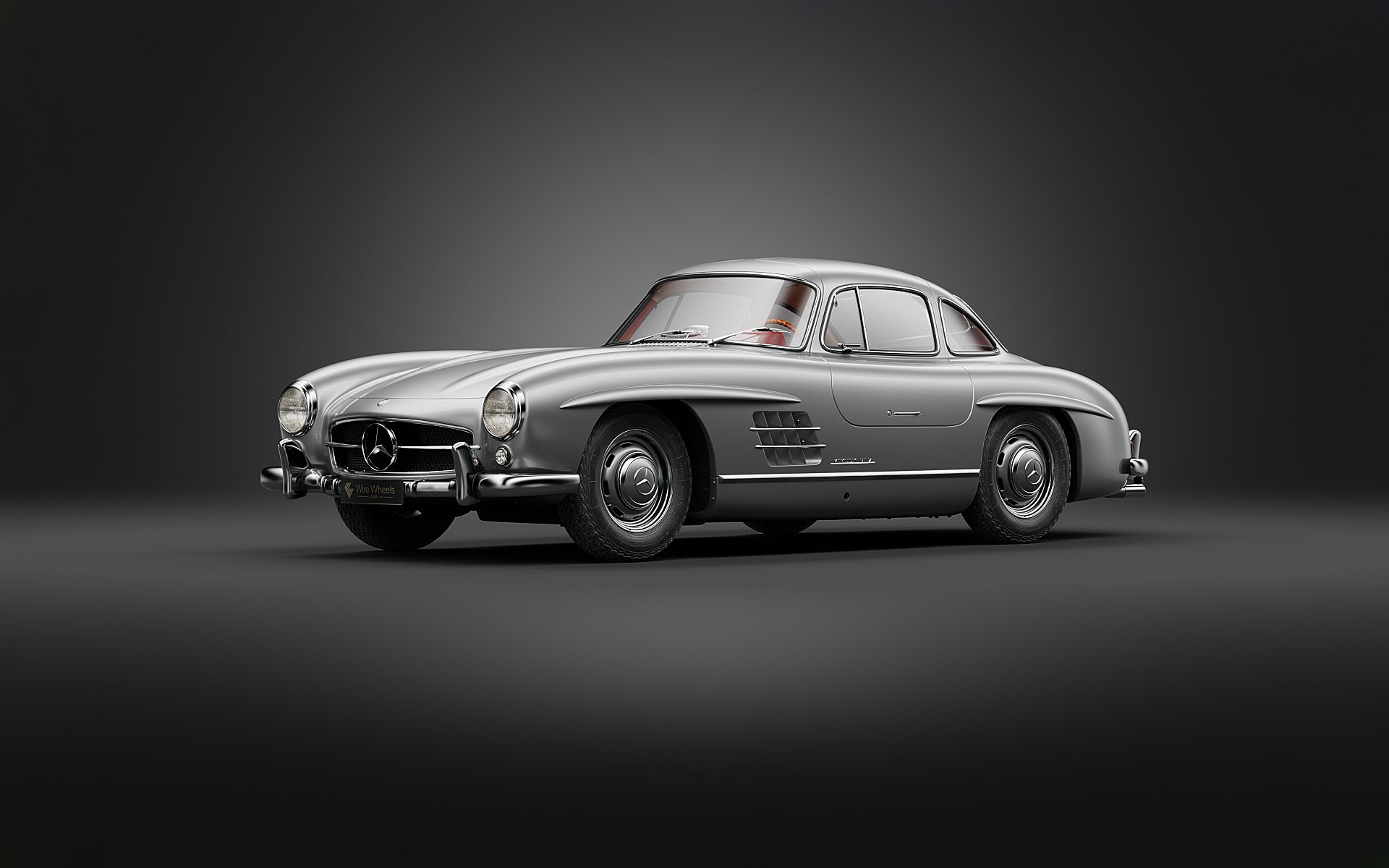
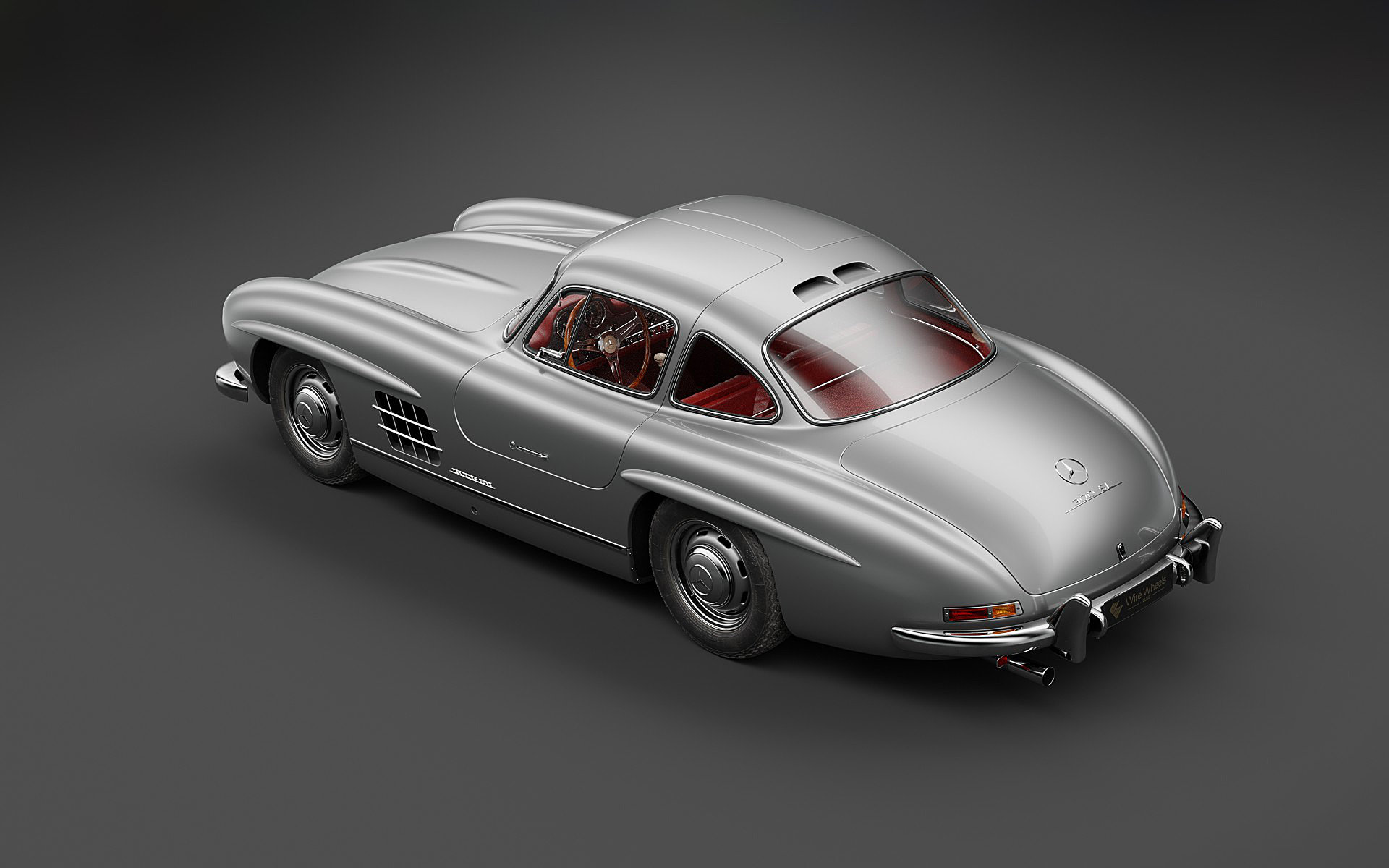


The 300 SL story doesn’t begin in Stuttgart showrooms — it begins on the racetrack. After World War II, Mercedes returned to racing with the W194 sports racer, piloted by men like Hermann Lang and Karl Kling. It was powered by a straight-six engine and built around a lightweight tubular spaceframe. The car immediately made waves, with wins at Le Mans, the Nürburgring, and the Carrera Panamericana.

The genius behind the project was Rudolf Uhlenhaut, Mercedes’ chief engineer. Uhlenhaut wasn’t just a pencil-pusher; he was a driver of remarkable talent, often lapping test tracks faster than the professionals. He wanted to bring racing technology to the road, and with the encouragement of Max Hoffman — the Austrian-born New York importer who knew Americans would swoon for a fast, glamorous Mercedes — the 300 SL was born.
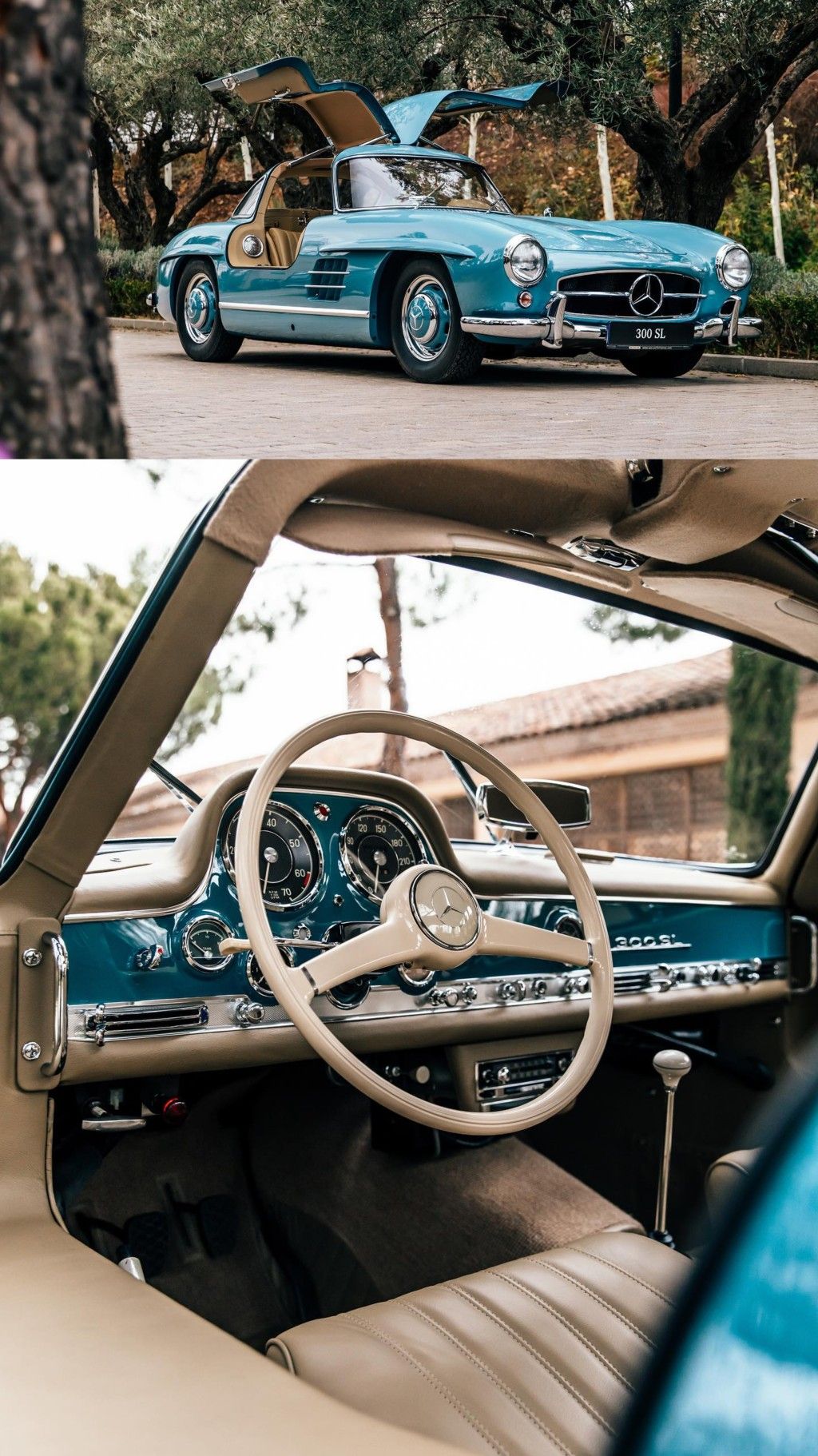

That tubular spaceframe chassis was incredibly strong and light, but it left no room for conventional doors. The solution? Hinged roof openings that arced upward like the wings of a seabird. Thus, the “Gullwing” was christened.
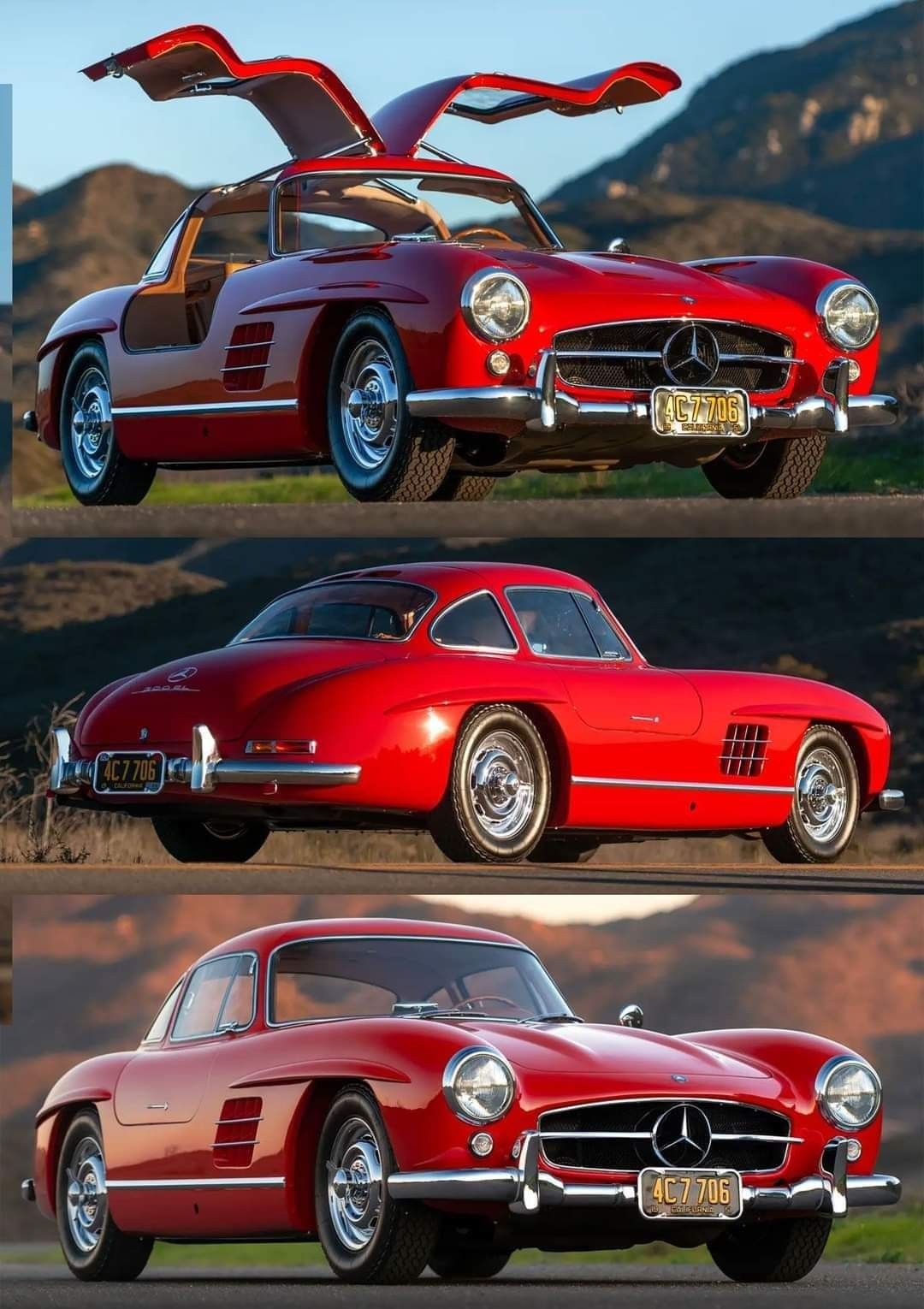
Under the hood sat a 3.0-liter inline-six with Bosch mechanical direct fuel injection — an aviation-derived technology that delivered roughly 215 horsepower, a staggering number in the mid-1950s. With a top speed of about 260 km/h, the 300 SL was, at its launch, the world’s fastest production car.


And it wasn’t just fast. It was slippery, too. The 300 SL’s body was shaped in the wind tunnel, giving it an aerodynamic profile that still looks modern today. Every line has purpose, from the tall wheel arches to the side vents that became a Mercedes styling signature.
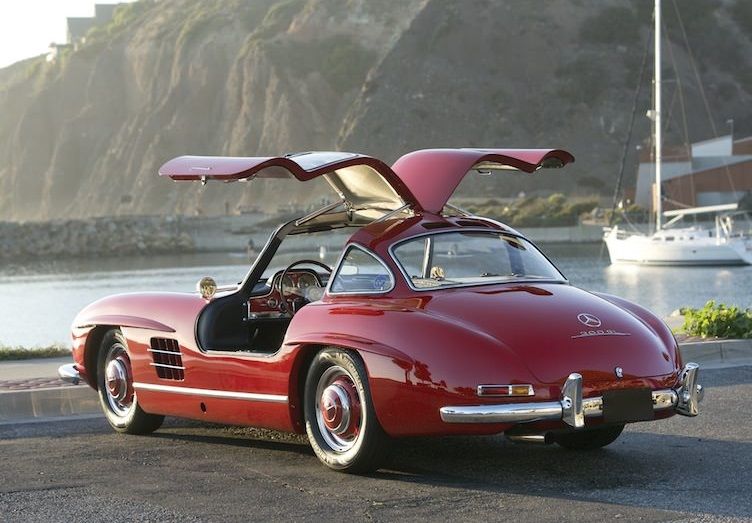
By modern standards, the 300 SL is demanding. You sit low, contorted slightly by the wide sills that require an awkward maneuver just to enter. The steering is heavy at low speeds, the gearbox long of throw, and the cabin bakes on a summer day.

But the moment that straight-six fires, all sins are forgiven. The Gullwing surges forward with turbine smoothness, the direct-injection system delivering crisp throttle response that feels decades ahead of its time. At speed, the car feels composed, balanced, a true gran turismo. You sense its racing DNA in every corner — stable, planted, and utterly confident.
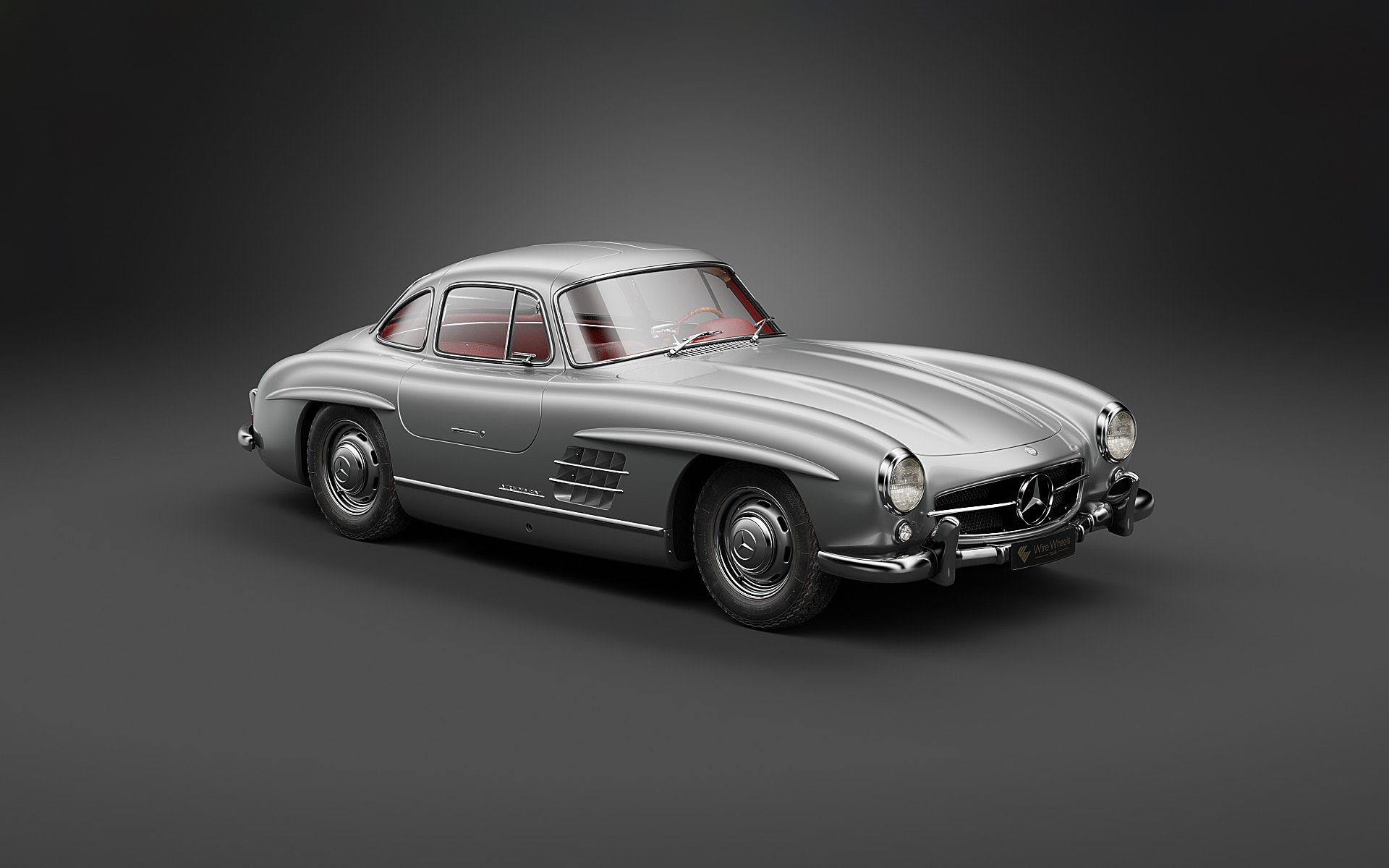

The 300 SL was never just a pretty face. Stirling Moss, John Fitch, and others hustled its racing cousin, the 300 SLR, to glory in events like the Mille Miglia and the Tourist Trophy. Fitch, in particular, was instrumental in adapting the car for American racing, proving that the Gullwing could win trophies as easily as it turned heads on Park Avenue.
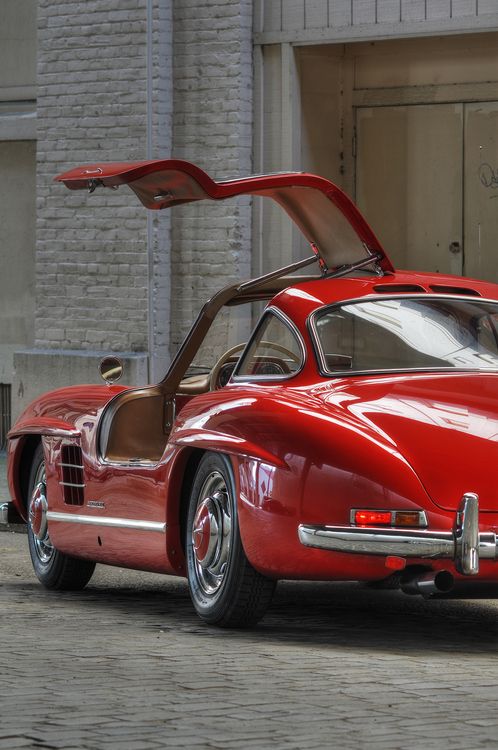


The Gullwing wasn’t just bought by racers. It was a status symbol for movie stars, tycoons, and royalty. Clark Gable had one. Sophia Loren posed with one. In postwar Europe and booming America, it became a symbol of wealth, glamour, and a new era of jet-age optimism.

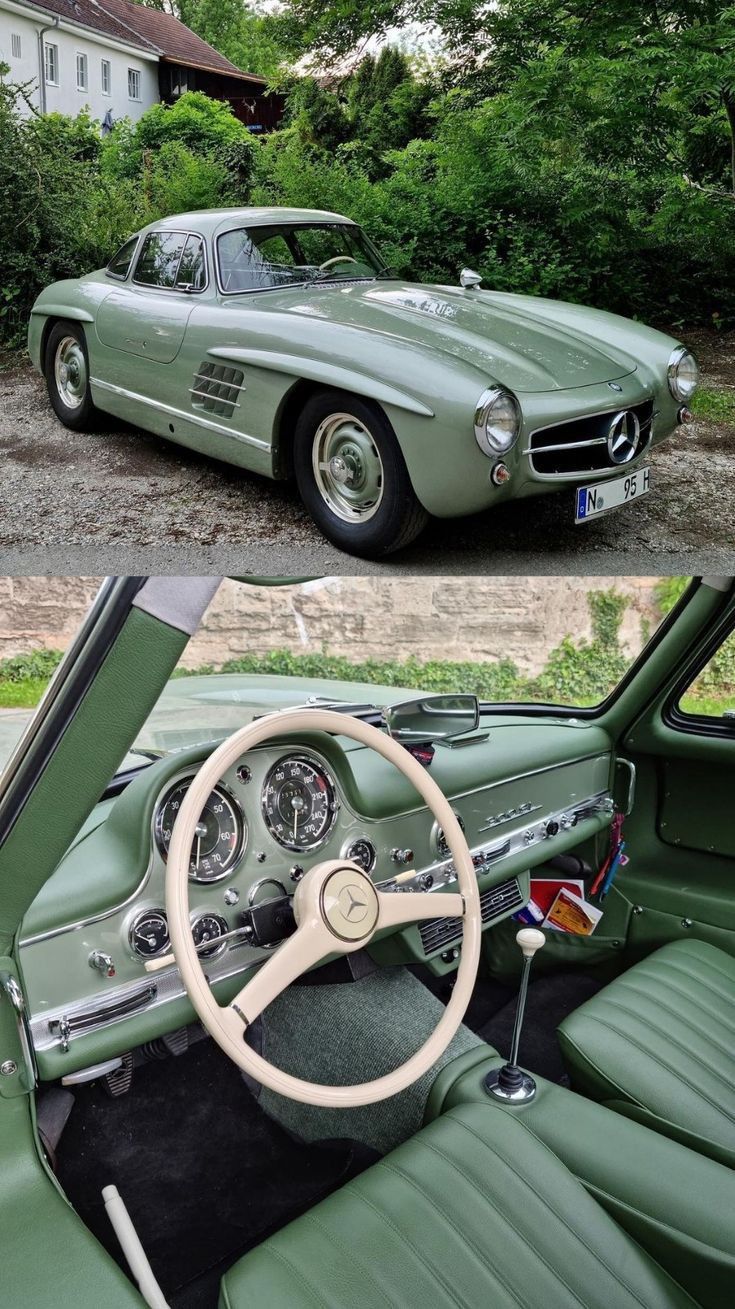
Even today, few cars carry the same aura. Pull up anywhere in a Gullwing, open those doors, and the world stops spinning for a moment.
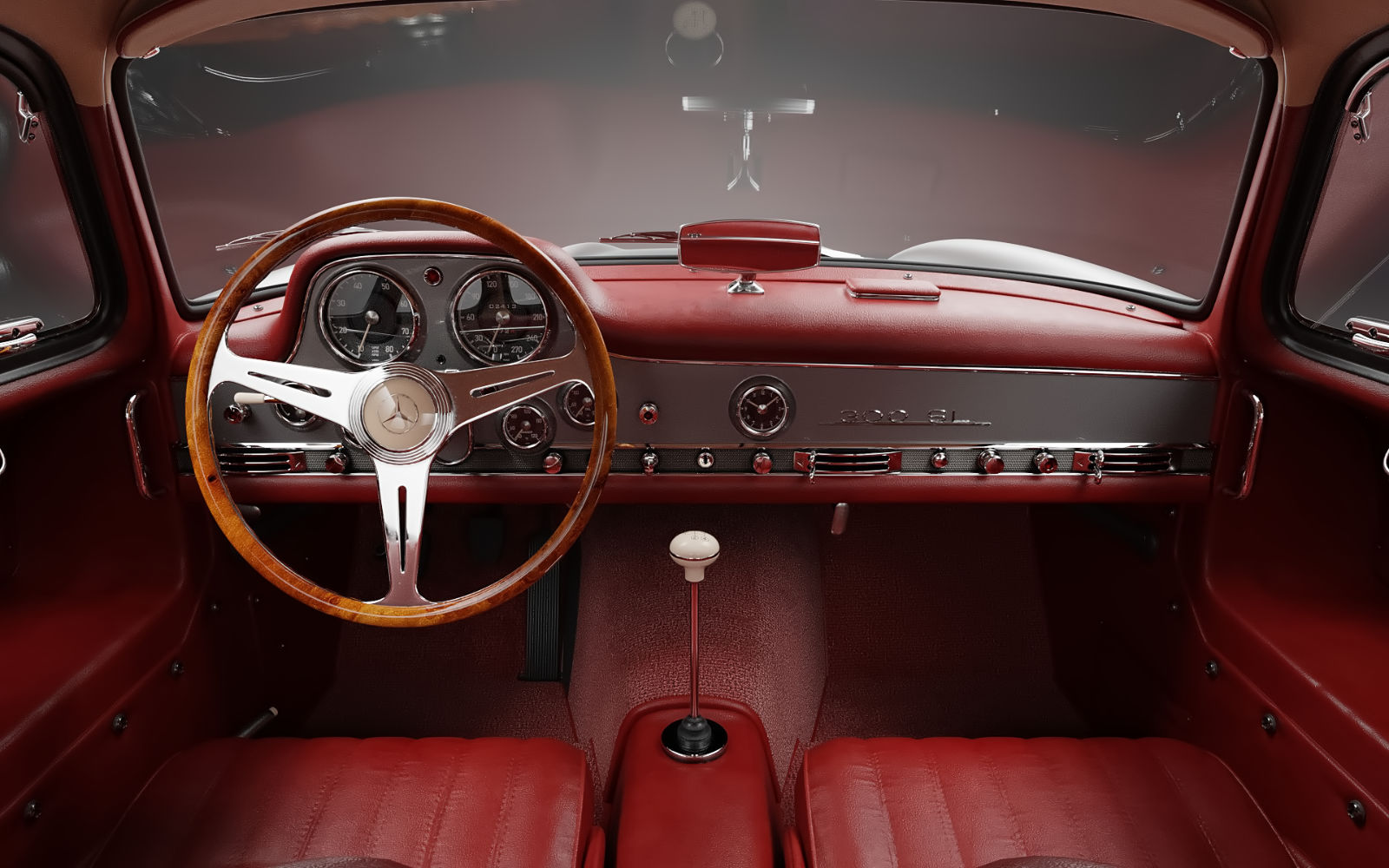
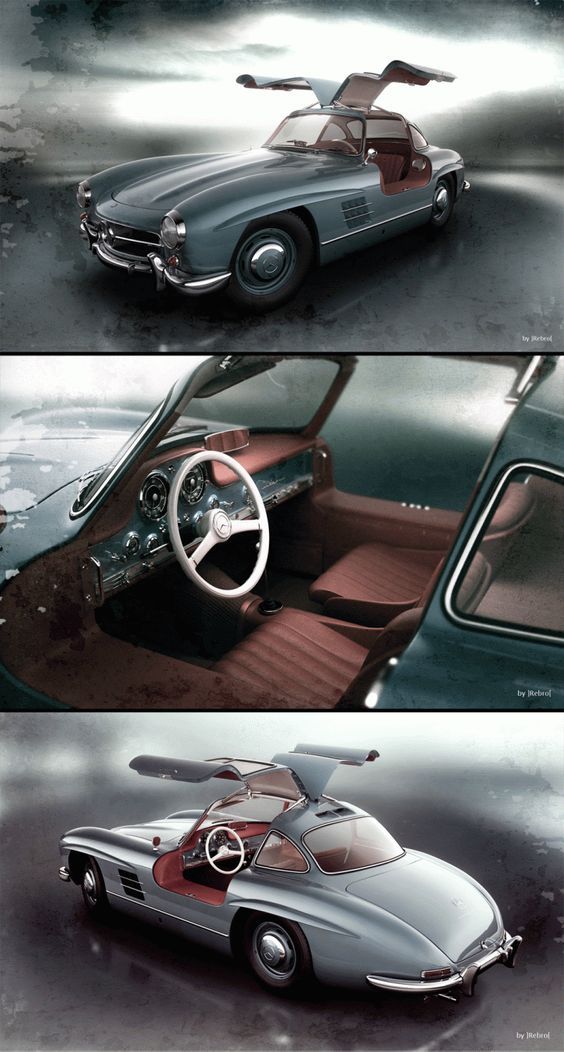
Values for 300 SLs have soared into the multimillion-dollar range. Alloy-bodied cars and competition examples command eye-watering sums, often exceeding $5 million at auction. But even “ordinary” Gullwings are treated like crown jewels in collections.

Why? Because the Gullwing was the first true halo car. It was the machine that proved Mercedes could make not just luxury sedans but world-beating sports cars. It inspired generations of engineers and designers, and it still shapes Mercedes’ brand identity today.


The Mercedes-Benz 300 SL Gullwing isn’t easy, it isn’t practical, and it certainly isn’t cheap. But it’s an icon — a perfect storm of engineering genius, racing pedigree, and otherworldly style. It’s not just one of the greatest cars of the 20th century. It’s one of the greatest creations of the 20th century, full stop.

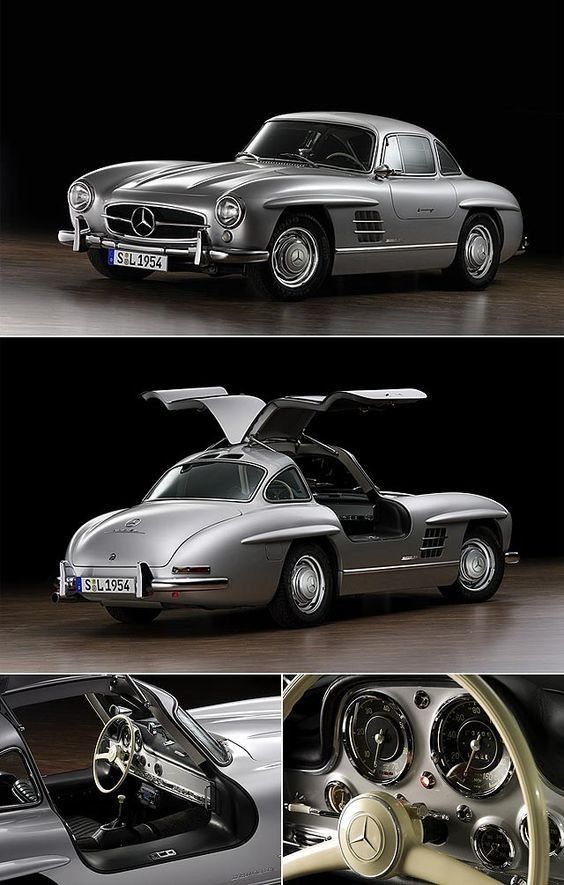

-